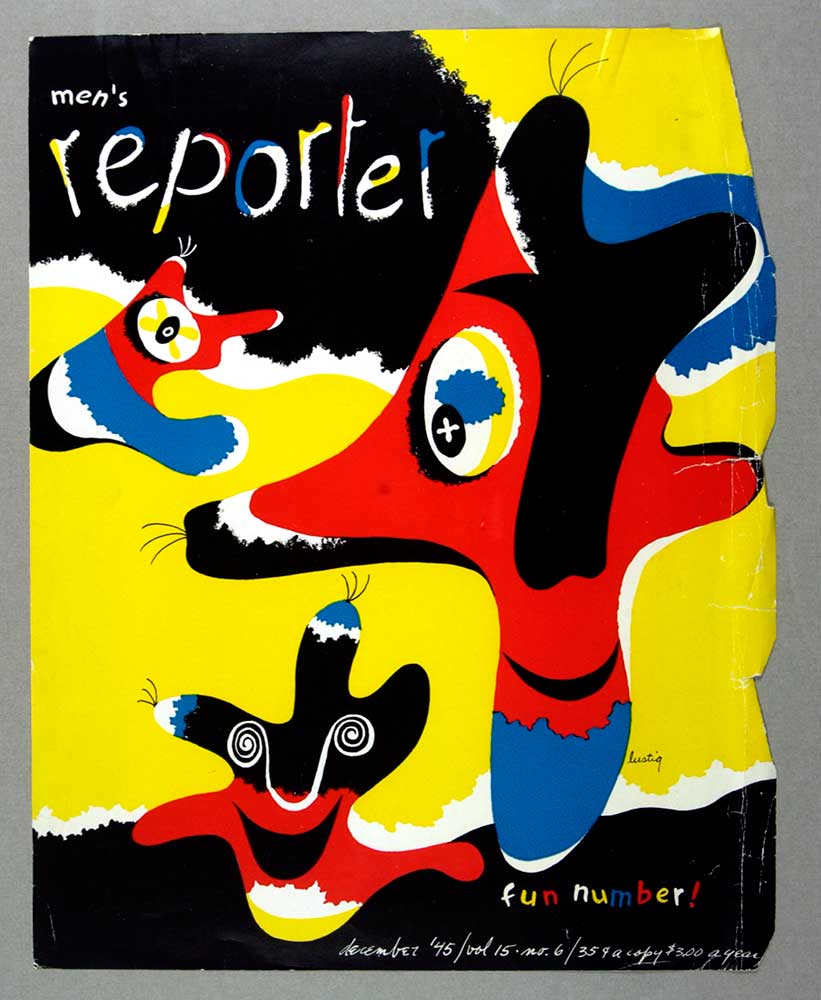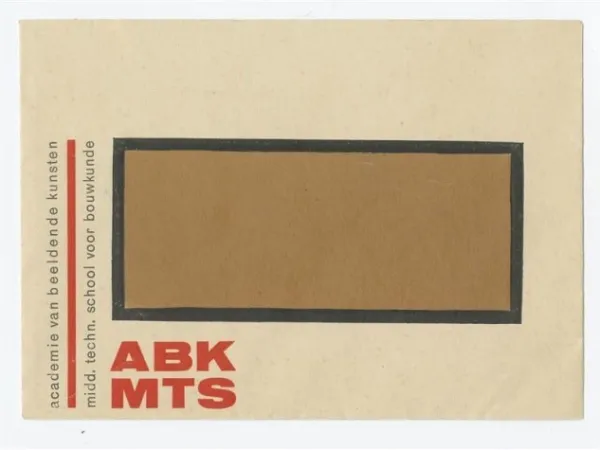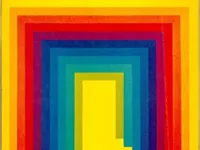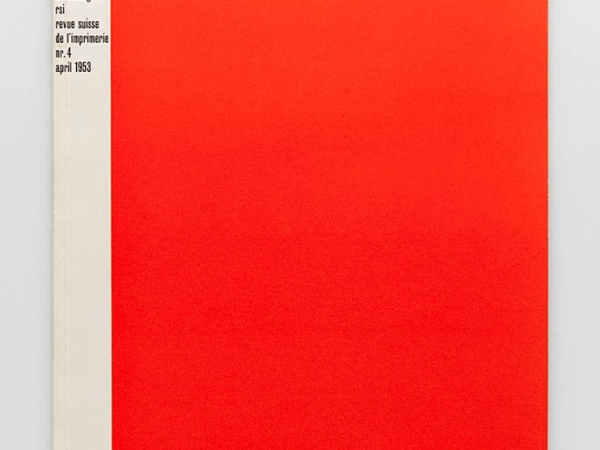Glyphs rise above language and culture

Glyphs are graphical symbols that are more or less universally used. Typical are the plus and the minus signs in mathematics. Margaret Mead, the American Anthropologist, suggested them as a means of a new international language. As a “Graphic Designer,” I like the particular meaning of Glyph as a symbol that is supposedly independent of language and culture. The Ancient Greeks had a word for most of today’s needs. The glyph is a Greek word meaning carving. Glyphs should carve a road to international communication.
“Visually perceptible figure with a particular meaning used to transmit information independent of language.”
ISO 22727
Glyphs are Good for You
Language often stands in the way of useful cooperation and understanding between world nations. The idea is to promote international understanding by breaking down language barriers through glyphs.
There are 3 aspects to Glyph or the use of a symbol for design purposes;
Meaning: The message the symbol is intended to convey.
Function: The purpose of the information to be conveyed by a graphical symbol.
Image Content: The visual elements of the graphic symbol.
Example of Meaning, Function, Image Content

Meaning: General Warning sign, is used to alert the user to potential hazards.
Function: All safety messages that follow this sign shall be obeyed to avoid possible harm.
Image Content: A black ‘exclamation mark’ inside a yellow triangle with a black triangular band defines a safety sign that indicates a hazard.
Web Design and Graphic Elements
Although many web design graphic elements are not registered with the International Organisation of Standardisation (ISO). How I use graphic elements in my designs are consistent with the idea of symbols that are independent of language and culture.
Some examples that glyphs found on websites, both mobile and desktop, are as follows the home icon, search icon and hamburger navigation menu. These icons have some implicit agreement but it is by no means prescriptive. However, when considering visual communication, it is important designers are aware of the conventions

The glyph does not take sides. It is not even “non-aligned”. It is rather on everybody’s side, and its greatest potential is in the promise of universal realisation of shared interests.
More Graphic Designers
Luba Lukova: The Power of Visual Metaphor in Design
Luba Lukova, a New York-based artist from Bulgaria, creates impactful artwork addressing social issues like justice and freedom through minimalist…
Keep readingAlvin Lustig: The Multifaceted Designer of Modernism
Alvin Lustig was a pioneering designer whose multidisciplinary work in graphic design, book covers, and interiors established enduring design principles,…
Keep readingSwiss Graphic Design and its Impact on Decorative and Applied Arts
Swiss graphic design, rooted in principles like grid systems and minimalism, has profoundly influenced global aesthetics, blending functionality and artistic…
Keep readingPierre Gauchat: Pioneer of Swiss Graphic Design
Pierre Gauchat (1902–1956), a Swiss graphic designer, influenced 20th-century design with his clarity and functionality, notable for iconic posters, logos,…
Keep readingDafi Kühne: Master of Letterpress and Graphic Design
Dafi Kühne is a Swiss poster designer and educator known for blending contemporary design with traditional letterpress techniques, creating innovative…
Keep readingGordon Andrews: A Pioneer in Australian Design
Gordon Andrews, influential Australian designer known for diverse work, including banknote design, showcased international style amidst mid-20th century. Legacy continues…
Keep readingHonoring Barbados Centenarians: A Unique Stamp Tribute
The Barbados Postal Service released “Centenarians of Barbados” stamps in 2016, honoring 27 individuals who reached 100 years or more,…
Keep readingGerard Kiljan: Contributions to Dutch Modernist Design and Education
Gerard Kiljan, a Dutch modernist designer, integrated photographic techniques into dynamic “typo photo” works. His influence extended to teaching and…
Keep readingJacob Jongert: Merging Artistry and Advertising in the Interwar Period
Jacob Jongert, an influential figure in applied arts, is best known for his innovative advertising designs at Van Nelle and…
Keep readingGeorge Adams-Teltscher (1903 – 1951), Austrian- British Graphic Designer
George Adams-Teltscher, an Austrian designer, studied at Bauhaus in Weimar. He emigrated to London in 1938, created internment camp money…
Keep readingThe Art and Science of Flags: Unfurling Vexillology
Vexillology, the study of flags, intertwines history, symbolism, and cultural identity, offering insights into sociopolitical landscapes and human civilization’s tapestry.…
Keep readingEdward McKnight Kauffer: A Vanguard of Modern Visual Communication
Edward McKnight Kauffer, influential 20th-century designer, shaped modernist visual communication. From Montana to London and New York, his fusion of…
Keep readingOtl Aicher (1922 – 1991), German Industrial and Graphic Designer
Otl Aicher, known for his clean and geometric designs, made a significant impact on graphic design through his work for…
Keep readingPackaging Design: Successful Product Branding From Concept to Shelf
“Packaging Design: Successful Product Branding From Concept to Shelf” is a comprehensive guide that explores effective packaging strategies, emphasizing design,…
Keep reading“HERBERT BAYER: Recent Works. Jan.-Feb. 1971” Exploring the Legacy
Herbert Bayer, a Bauhaus master, left a mark in modern art and design. “HERBERT BAYER: Recent Works” offers insights into…
Keep readingJulien Hébert: A Versatile Beacon in Canadian Design
Julien Hébert, a Quebec-born artist, blended philosophy, comics, and industrial design, leaving a lasting mark with iconic creations like the…
Keep readingThe Artistry of Saskia Marka: A Modern Maestro in Film Title Design
Saskia Marka, a prominent figure in film title design, has revolutionized the industry with her work on “The Queen’s Gambit,”…
Keep readingDon Watt: A Titan of Retail Branding and Design
Don Watt, a Canadian designer and marketing pioneer, left an indelible mark on retail branding. His innovative approach continues to…
Keep readingRuth Kedar: The Creative Mind Behind the Iconic Google Logo
Ruth Kedar, known for her Google logo design, combines artistic sensibility with tech innovation. Her work spans various design realms,…
Keep readingEmil Ruder: A Pillar of Swiss Typography and Design
Emil Ruder, a pioneer of Swiss Style, shaped modern typography with his innovative grid system, emphasis on communication, and enduring…
Keep readingThe Artistic Legacy of Dick Bruna
Dick Bruna, of A.W. Bruna & Zoon fame, defied destiny, delving into art and design. His iconic Miffy embodies his…
Keep readingStuart Ash: Shaped Canadian Graphic Design
Stuart Ash, a renowned Canadian graphic designer, left an enduring mark on the international design scene. His minimalist approach and…
Keep readingEinar Forseth: Craft and Culture in Stained Glass and Mosaics
Einar Forseth, a versatile Swedish artist, left an indelible mark in decorative arts through stained glass, mosaics, and even postage…
Keep readingVaughan Oliver: Elevating Album Art to a New Realm
Vaughan Oliver, an iconoclast in graphic design, redefined album cover art as profound artistic statements. His groundbreaking work still influences…
Keep readingNeville Brody (b.1957) British Art Director & Graphic Designer
Neville Brody rose to prominence during the early 1980s surge of “designerism”: a period when the British economy was considered…
Keep readingWalter Landor (1913 – 1995) Leader in Corporate Identity
Walter Landor, a prominent corporate identity and brand design expert, revolutionized branding through innovative techniques and pioneering “Total Design” philosophy.…
Keep readingHerbert Bayer (1900 – 1985) American Multi-disciplined Designer
Herbert Bayer, a versatile German-American artist, was influential in modernism. His diverse work spanned painting, photography, design, architecture, and sculpture,…
Keep readingWilliam Dwiggins (1880 -1956) – Typographer and Design All-rounder
William Addison Dwiggins, an American type designer, and typographer known for his versatile talents in illustration, book design, and typeface…
Keep readingKeith Haring Artwork (1958 – 1990) – Art That Danced
Keith Haring, an iconic artist, blended high art and popular culture while advocating for social causes. His vibrant legacy continues…
Keep readingFrantišek Zelenka (1896 – 1942) – Czech Architect and Stage and Graphic Designer
František Zelenka, a Czech architect and designer, made significant contributions to theater design in Prague, blending cubism and constructivism before…
Keep readingLester Beall: A Pioneer in Advertising Design and Corporate Identity Systems
Lester Beall, a pioneering graphic designer, blended art and engineering, embraced European influences, and revolutionized visual communication, notably through his…
Keep readingSaul Bass’s (1920 – 1996 ) Opening and Closing titles
When the Frank Sinatra film on drug addiction “The Man With The Golden Arm” opened, a Saul Bass poster dominated…
Keep readingHiroshi Awatsuji (1929 – 1995) Japanese Textile Designer
Hiroshi Awatsuji, a pioneering Japanese textile designer, revolutionized the industry with contemporary, bold designs, breaking away from traditional Japanese norms…
Keep readingHerbert Bayer: The Bauhaus Legacy | Hardcover
The Bauhaus is still regarded as the nucleus of the early 20th-century German avant-garde, and Herbert Bayer practised its principles…
Keep readingMasters of Design: Logos & Identity
“Masters of Design: Logos & Identity” is a comprehensive guide profiling 20 renowned designers, offering real-world insights, a gallery of…
Keep readingParis: May 1968 Posters of the Student Revolt
In the turbulent days of May 1968 in Paris, a group of artists calling themselves the Atelier Populaire created posters…
Keep readingExploring Bob Noorda’s Influence on Modern Design
Bob Noorda, a Dutch designer based in Milan, made significant contributions to graphic design and environmental graphics, received Compasso d’Oro…
Keep readingRobert Oxenaar (b.1939) Designer of Dutch Banknotes
Robert Oxenaar, a leading figure in Dutch graphic design, transformed Dutch banknotes with innovation and anti-counterfeit measures, shaping the country’s…
Keep readingRené Kieffer (1875 -1964) – French Bookbinder
René Kieffer, a French bookbinder and publisher, evolved from classical to Art Nouveau styles. His vibrant designs garnered recognition at…
Keep readingThe Impact of Alan Fletcher on British Graphic Design
Alan Fletcher, a prominent British graphic designer, was known for his innovative work and founding Pentagram. His book, “The Art…
Keep readingJohn Vassos (1898 – 1985) Greek American Designer
John Vassos, a Greek artist and designer, created innovative designs for Coca-Cola and RCA, applying psychology to marketing and receiving…
Keep readingEnid Crystal Dorothy Marx (1902 – 1998) British Textile and Graphic Designer
Enid Marx (1902-1998) was a British textile and graphic designer known for her influential patterns. Her versatile work spanned textiles,…
Keep readingWilliam Morris – Beauty of Practicality – Articulation of a Vision
William Morris, a renowned 19th-century British designer and social reformer, sought to eliminate mass-produced goods and reintroduce beauty in home…
Keep readingUnderstanding Paul Rand’s Corporate Branding Genius
Paul Rand was a pioneering graphic designer known for iconic corporate logos and influential design principles. His work spanned over…
Keep readingWalter Allner (1906–2006), an American Painter and Designer
Walter Allner, a Bauhaus-trained designer, merged Modernist principles with American aesthetics, influencing graphic design through magazine covers, teaching, and innovative…
Keep readingAdrian Frutiger (1928 – 2015) Typographer – Creator of Widely Used Fonts.
Adrian Frutiger (1928-2015), a Swiss graphic designer, created widely used fonts like Avenir and Frutiger for airports and signs worldwide.
Keep readingWolfgang Weingart – Swiss Typographer and Designer
He was dubbed “the father” of New Wave or Swiss Punk typography . LEARN MORE
Keep readingIkko Tanaka (1930 -2002) 🇯🇵 Graphic Design blend of East and West
Ryu-Tsu, a western-centric fashion and culture magazine, showcased Ikko Tanaka’s pioneering fusion of modernism and Japanese culture in graphic design.…
Keep readingGustav Klutsis (1895 -1944) Photographic Montage
Gustav Klutsis was a Latvian artist and graphic, poster and applied arts designer who was a devoted supporter of the…
Keep readingJan Tschichold (1902 – 1974) – Swiss Typographer
German-born, Tschichold is one of the most outstanding and influential typographers of the 20th century, He cleared away the old…
Keep readingDesign articles
Discover more from Encyclopedia of Design
Subscribe to get the latest posts sent to your email.

















































